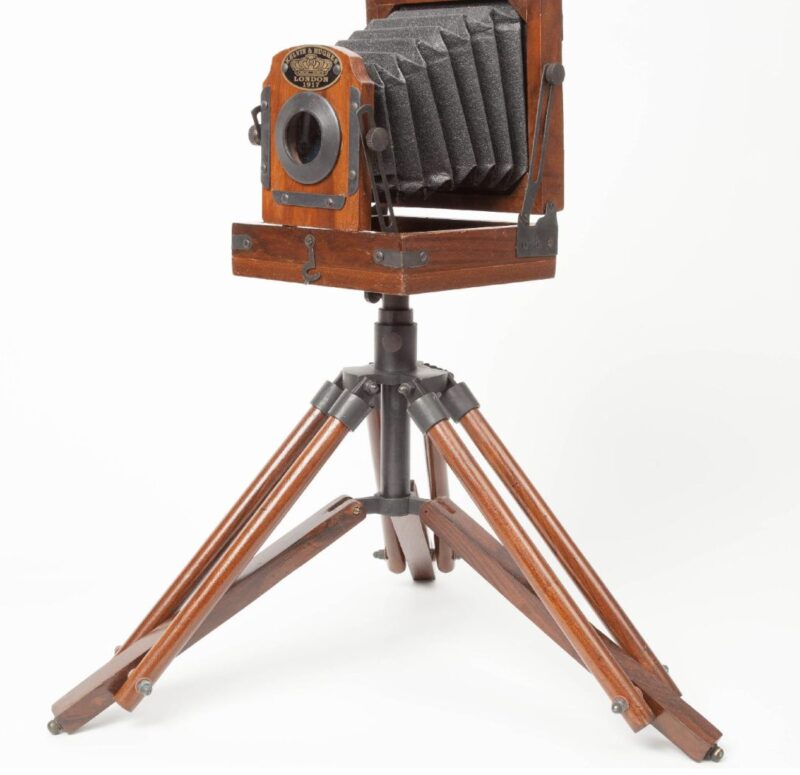One sweltering summer evening, deep within the archives of a quiet European town, a long-forgotten photograph resurfaced.
Dust-covered and weathered by time, the image depicted a seemingly ordinary family posing in front of a brick wall. At first glance, nothing appeared unusual—the father, wearing a flat cap, stood beside his wife, who cradled a baby in her arms, while four neatly dressed children sat in front. But upon closer inspection, a chilling revelation would send shockwaves through the world.
Curious about the photo’s origins, historians sent it to a specialized lab for restoration and enhancement using advanced artificial intelligence. What they uncovered defied explanation.
During the meticulous restoration process, experts noticed an eerie detail—a pale, ghostly face lurking just behind the children. It was the face of a woman, her hollow eyes staring directly ahead, her expression cold and lifeless.
Strangely, this figure had not been present in the original image. Nor was it the result of light reflections or photographic errors.
Shaken by the discovery, researchers delved into the family’s history, only to uncover something even more disturbing.

The photo, they learned, was taken in 1820—an impossibility, as the first widely recognized photographs were not created until years later. How could such a detailed image exist before the official invention of photography?
Determined to unravel the mystery, historians scoured local parish records. What they found was chilling.
In 1819, tragedy had struck the very household in the photograph. The eldest daughter, Maria, had vanished without a trace. Her family maintained that she had run away, but whispers among the townspeople suggested something far more sinister.
Then, a researcher stumbled upon an old local legend.
The legend spoke of a “spirit of the home”—a ghostly presence said to appear in photographs, revealing the hidden truths buried within a family’s past.
To validate their findings, the photo was sent to paranormal experts for further examination. Their conclusion was both shocking and terrifying.
The image was not a fabrication. It was not a technical flaw or a result of double exposure.
It was Maria.
A girl who had disappeared two centuries ago had somehow manifested in a photograph that should not have existed.
But the mystery did not end there.
Upon analyzing other images of the family, researchers noticed something else unsettling—the faces of the other family members appeared subtly different, as if they carried a dark, unspoken secret.
When the story broke in the media, it captivated and horrified audiences worldwide.
Was Maria trying to send a message from beyond the grave? Had she been buried within the walls of her own home?
Archivists launched an excavation at the site where the photograph had been taken. What they found confirmed their worst fears.
Buried beneath the house’s foundations lay human remains—those of a young girl, no older than ten.
The case, which had remained a mystery for 200 years, was now one of the most chilling in history.
Yet, just as the world thought the story had reached its conclusion, one final, disturbing detail emerged.
Upon revisiting the digitally restored photograph, the archivist’s family made a bone-chilling observation.
Maria’s face…
Was smiling.
